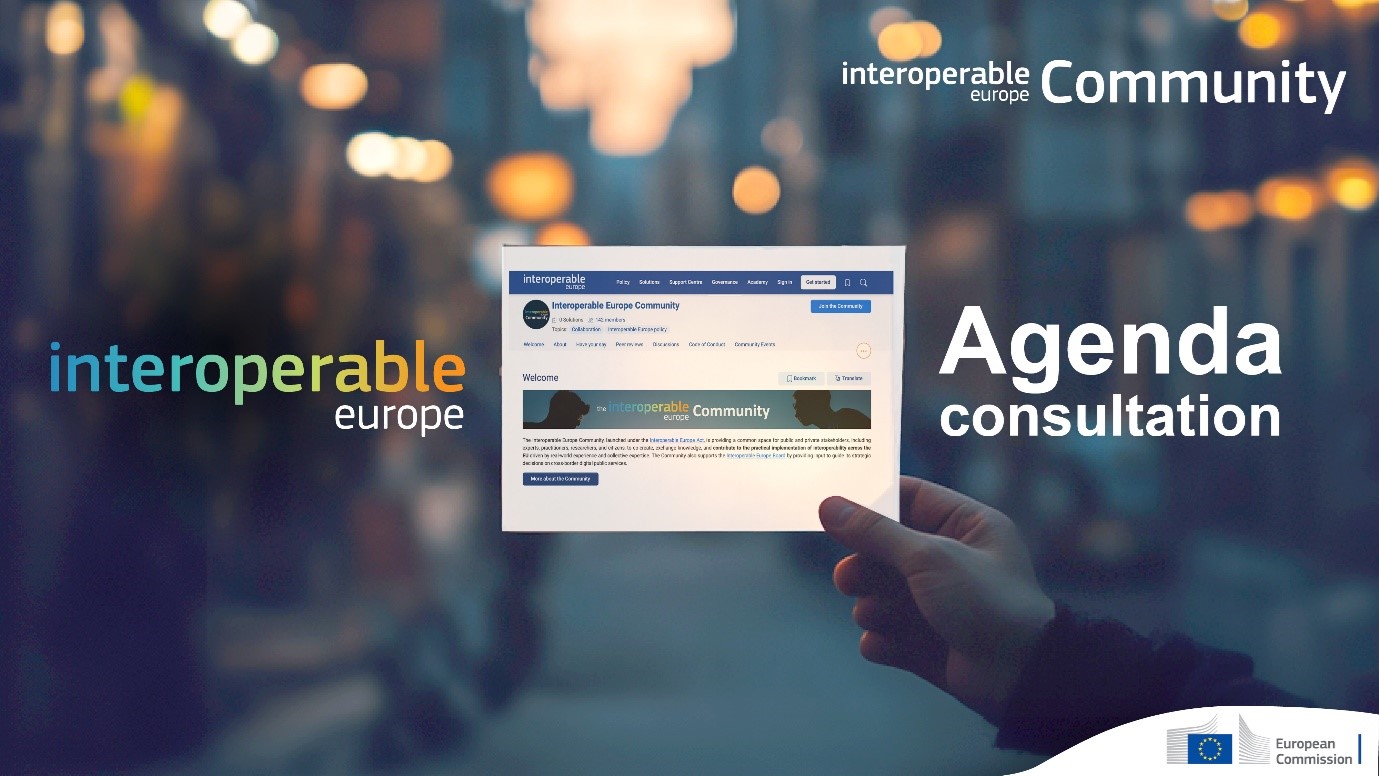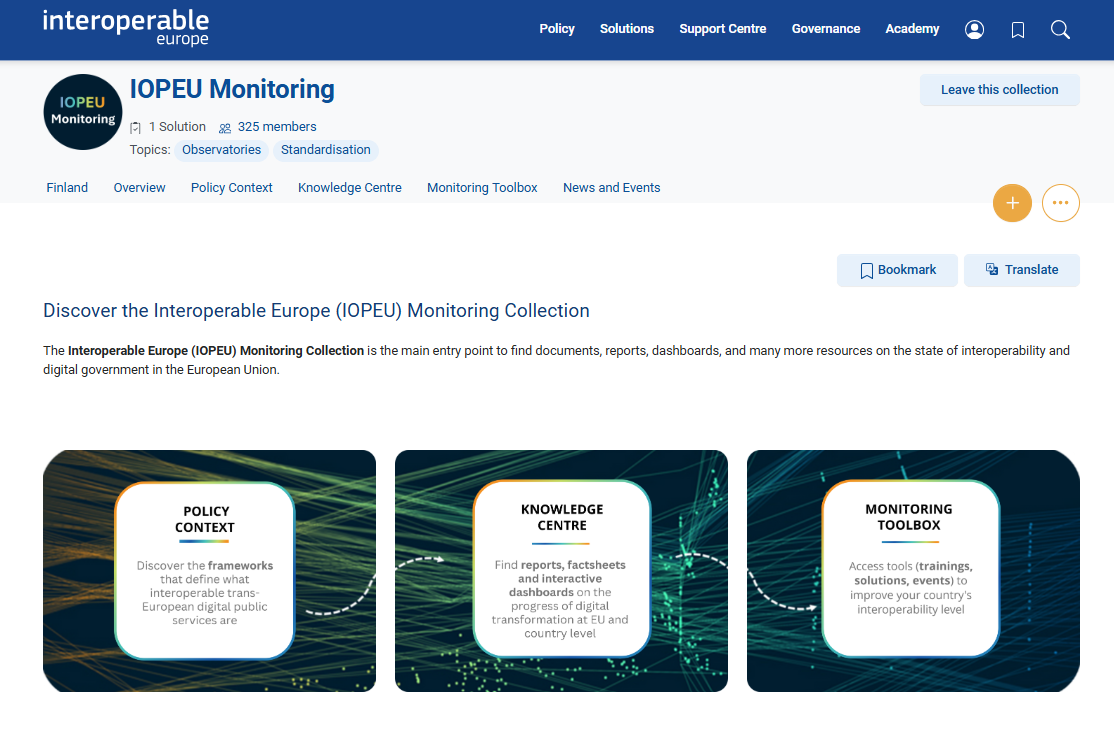
On June 30th, more than 90 participants from over 25 countries — including representatives from various EU institutions, agencies, and national administrations — came together for the inaugural webinar on the Interoperable Europe Monitoring. This milestone event was part of the collective effort to enhance cross-border interoperability across Europe, a goal that sits at the heart of the Interoperable Europe Act (IEA).
The webinar was opened by Claudia Oliveira, Policy Team Leader and Policy Officer in charge of the monitoring at DG DIGIT, who welcomed participants and underlined the importance of the Act. She emphasised that: “monitoring is essential to ensure the effective implementation of the Interoperable Europe Act and to translate our policy commitments into real, tangible improvements for citizens and businesses across the EU.”
The webinar was structured around the following core areas:
Why monitor
The webinar started with setting the scene by explaining the policy background: the Interoperable Europe Act establishes a legal basis for monitoring interoperability progress (Article 20). This is not just an administrative obligation but a strategic tool that helps Member States, public administrations, and EU bodies track progress, identify gaps, and share best practices. Participants learned how improved monitoring can deliver direct benefits, including:
-
better policy alignment,
-
more efficient digital public services,
-
and ultimately, more seamless cross-border interactions for citizens and businesses alike.
How to monitor
Next, the team presented the practical aspects of the new monitoring framework. They explained its five elements and related indicators that will be monitored including:
-
Progress on cross-border interoperability
-
European Interoperability Framework (EIF) implementation
-
Uptake of interoperability solutions
-
Open source solutions and GovTech cooperation
-
Skills
The monitoring team also clarified which data shall be collected, from which sources, when and by whom. The discussion highlighted the commitment to transparency and user-friendliness, with accessible resources and factsheets that make it easier for stakeholders to engage with and reuse the data.

Participate in the consultation!
An essential part of the webinar was the presentation of the Interoperable Europe Agenda consultation , with the objective to define next year’s priorities for cross-border interoperability. Attendees were encouraged to have their say, share their experience, and address real interoperability-related needs and opportunities.

Next steps and key resources
Participants were introduced to the updated Interoperable Europe Monitoring collection , which has been revamped to foster user-friendliness and accessibility. The collection hosts factsheets, annual reports and other essential resources. The team encouraged participants to explore these materials and how they could be used within their own national contexts.
The Q&A session
Answer 1: At this stage, this is not foreseen under the Interoperable Europe Academy. The main goal with certification is to provide a clear picture of what is needed to know to work confidently on interoperability. This can feel like a big, complex topic, it’s connected to so many areas in the digital world, thus, the certification is really about helping people find their way through it, with a well-structured learning path that makes the knowledge more manageable and practical.
Answer 2: Touchpoints with the EU Data Strategy: The link between the IEA and the EU’s broader data strategy was clarified, they complement each other, particularly on data spaces and common data standards.
Answer 3: Connection to the Rolling Plan for ICT Standardisation:The framework aligns with the Interoperable EU Rolling Plan, ensuring synergies with standardisation initiatives.
Answer 4: Interoperability mechanisms for trust service providers: It was confirmed that implementation by trust service providers can be considered under Element 4 (Mechanisms for Interoperability). Relevant insights will feed into future updates: stay tuned via the Monitoring collection.
The webinar concluded with a call for continued collaboration: participants were invited to stay engaged by consulting the Monitoring collection, contributing to the Agenda’s consultation, using the Academy, and exploring other opportunities offered by the monitoring team, such as twinning exercises to learn directly from peers.

